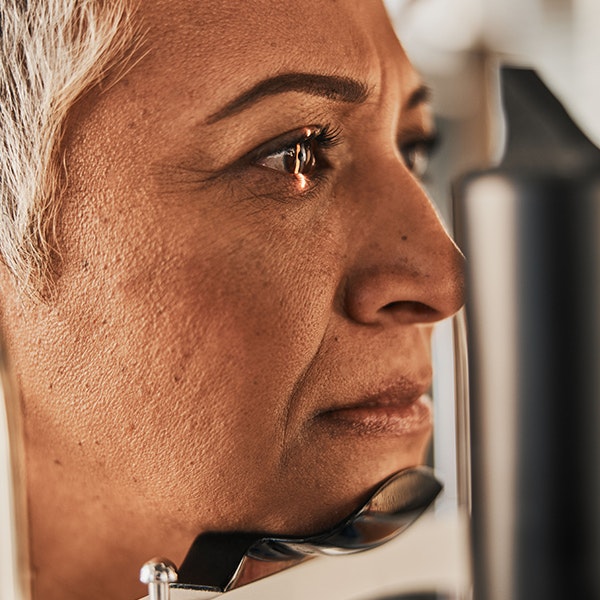
Cornea Surgery
Cornea Surgery Is Surprisingly Common

Although the idea of corneal surgery can be daunting, know that these procedures have been widely and safely performed for many decades. Thanks to advancements in technology and training, the treatments also have high success rates, and our team of fellowship-trained corneal specialists has helped many patients overcome corneal issues with satisfactory results.
Trust Our Dallas Specialists With Your Eyesight Request a Consultation
You want to know you're in good hands for your corneal surgery. Our doctors specialize in corneal diseases and refractive surgery and have collectively published more than 150 articles and book chapters on these topics.
Find out why D Magazine rated our doctors the best when you join us for a cornea surgery consultation. Call us or send us a message to get started on your journey to better sight at our Plano, Fort Worth, or Dallas ophthalmology office:
(214) 949-4517

Hear From Our Dallas, TX, Patients About Why They Chose Cornea Associates of Texas
Friendly and helpful. I have essential tremors that affect my ability to write legibly and a very sweet woman sat down with me and wrote all of my information for me. Everyone was professional, knowledgeable and friendly.
View on GoogleEvery step of the way from front desk to check out every step was completely explained:) Jeanette, Sarah, Micaela, ashley! no questions needed!
View on GoogleHear More About Corneal Transplantation Techniques From Our Founder, Henry Gelender, M.D.
Other Cornea Surgeries We Perform
Pterygium Removal
Excess tissue that grows out of the cornea is called "pterygium." Pterygium growths are typically caused by long-term exposure to UV light and chronic dryness or irritation, which is why it's commonly referred to as "surfer's eye." Pterygium growth can cause discomfort and affect vision if left untreated. During the pterygium procedure, your doctor will make an incision, remove the excess tissue, and may use a graft to cover the area.
Photorefractive Keratectomy
Photorefractive keratectomy (PRK) is a type of corneal surgery that uses an excimer laser to reshape the corneal tissue. It corrects refractive errors like astigmatism, which can reduce the need for glasses or contact lenses. The procedure alters the cornea's curvature by flattening or steepening the eye's surface, similar to LASIK, improving how light enters the eye and focuses on the retina.
Cornea Crosslinking
Corneal crosslinking is a procedure that treats keratoconus, a condition where the cornea becomes weak and progressively more cone-shaped, often causing astigmatism. Corneal collagen crosslinking for keratoconus doesn't remove any corneal tissue, unlike the procedures mentioned above. The goal is to prevent further progression of keratoconus by adding structural connections, known as "crosslinks," to stabilize the cornea and improve the patient's vision.
We Offer a Non-Surgical Solution With Intacs Corneal Implants
/
For patients who don't want to undergo a corneal transplant and have mild to moderate keratoconus, Intacs® corneal implants may be an option.
How Can Cornea Surgery Help You? Improve the Health and Function of Your Eyes
Reduced Discomfort
Scarred, injured, or infected corneal tissue can be very painful. Corneal surgery can alleviate your symptoms by restoring or replacing any damaged areas.
Restored Appearance
Some conditions which affect the cornea, such as pterygium, are noticeable. Surgery can improve the look of your eye in these cases.
Versatile Treatment
Our doctors offer corneal surgeries to treat various disorders, including keratoconus, thinning corneas, ulcers, and more.
Clearer Eyesight
Corneal transplants and other surgeries can help patients clear their blurred vision and reduce reliance on glasses and contact lenses.
"I LOVE my new eyes!" More Shining Reviews From Dallas, TX, and Beyond
If I could give Dr. Nettune more than 5 stars I would. Cornea Associates, you all were a gift from God and I l LOVE my new eyes!! Thank you everyone involved.
View on GoogleI have had several cornea transplants before and Dr. Bowman has been the first doctor that has gotten my transplant to work and not reject! He is amazing! I feel at ease going in each time and love his office!
View on Google







